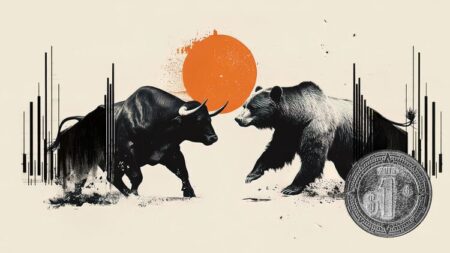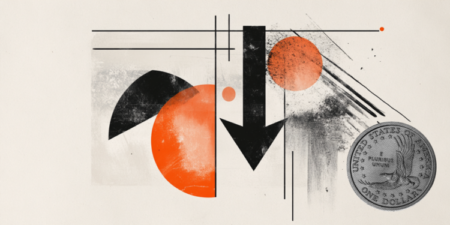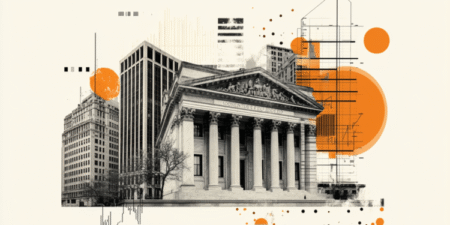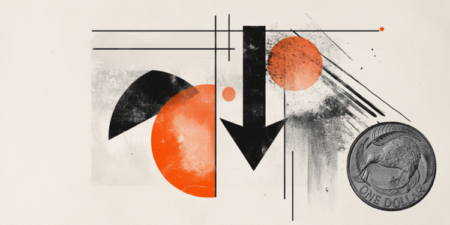- Silver’s safe-haven appeal has diminished as global trade tensions ease.
- US lowers tariffs on Chinese goods from 145% to 30%, while China reduces its reciprocal tariffs from 125% to 10%.
- Markets are dialing back expectations for aggressive Fed rate cuts, further weighing on demand for Silver.
Silver price (XAG/USD) Oil price halts its four-day winning streak, trading around $32.80 per troy ounce during the European hours on Wednesday. The metal’s safe-haven appeal has weakened amid easing global trade tensions.
Reports indicate that the US and China have reached a preliminary agreement to substantially reduce tariffs. Under the proposed terms, the US would lower tariffs on Chinese goods from 145% to 30%, while China would reduce its tariffs on US imports from 125% to 10%. This development is widely seen as a positive step toward de-escalating trade tensions between the two economic giants.
Further boosting sentiment, US President Donald Trump told Fox News that the US is working to expand market access in China and described US-China relations as “excellent.” Trump also signaled a willingness to engage in direct talks with President Xi Jinping in pursuit of a broader trade agreement.
As geopolitical risks recede, markets are scaling back expectations for aggressive Federal Reserve (Fed) rate cuts, putting additional pressure on safe-haven demand for Silver. However, weaker-than-expected US consumer inflation data for April provided some support for precious metals, as the US Dollar (USD) softened, making Silver more attractive to non-dollar holders.
April’s inflation numbers marked a three-year low in annual headline CPI, though analysts believe it may be the last subdued reading for some time, with new US tariffs on major trade partners set to take effect in May. Market focus now shifts to upcoming data releases, including the US Producer Price Index (PPI) and the University of Michigan’s Consumer Sentiment Survey.
According to the US Bureau of Labor Statistics, the Consumer Price Index (CPI) rose 2.3% year-over-year in April, slightly below March’s 2.4% and market forecasts. Core CPI, excluding food and energy, climbed 2.8% annually, in line with expectations. Both headline and core CPI rose 0.2% on a monthly basis.
Silver FAQs
Silver is a precious metal highly traded among investors. It has been historically used as a store of value and a medium of exchange. Although less popular than Gold, traders may turn to Silver to diversify their investment portfolio, for its intrinsic value or as a potential hedge during high-inflation periods. Investors can buy physical Silver, in coins or in bars, or trade it through vehicles such as Exchange Traded Funds, which track its price on international markets.
Silver prices can move due to a wide range of factors. Geopolitical instability or fears of a deep recession can make Silver price escalate due to its safe-haven status, although to a lesser extent than Gold’s. As a yieldless asset, Silver tends to rise with lower interest rates. Its moves also depend on how the US Dollar (USD) behaves as the asset is priced in dollars (XAG/USD). A strong Dollar tends to keep the price of Silver at bay, whereas a weaker Dollar is likely to propel prices up. Other factors such as investment demand, mining supply – Silver is much more abundant than Gold – and recycling rates can also affect prices.
Silver is widely used in industry, particularly in sectors such as electronics or solar energy, as it has one of the highest electric conductivity of all metals – more than Copper and Gold. A surge in demand can increase prices, while a decline tends to lower them. Dynamics in the US, Chinese and Indian economies can also contribute to price swings: for the US and particularly China, their big industrial sectors use Silver in various processes; in India, consumers’ demand for the precious metal for jewellery also plays a key role in setting prices.
Silver prices tend to follow Gold’s moves. When Gold prices rise, Silver typically follows suit, as their status as safe-haven assets is similar. The Gold/Silver ratio, which shows the number of ounces of Silver needed to equal the value of one ounce of Gold, may help to determine the relative valuation between both metals. Some investors may consider a high ratio as an indicator that Silver is undervalued, or Gold is overvalued. On the contrary, a low ratio might suggest that Gold is undervalued relative to Silver.
Read the full article here















